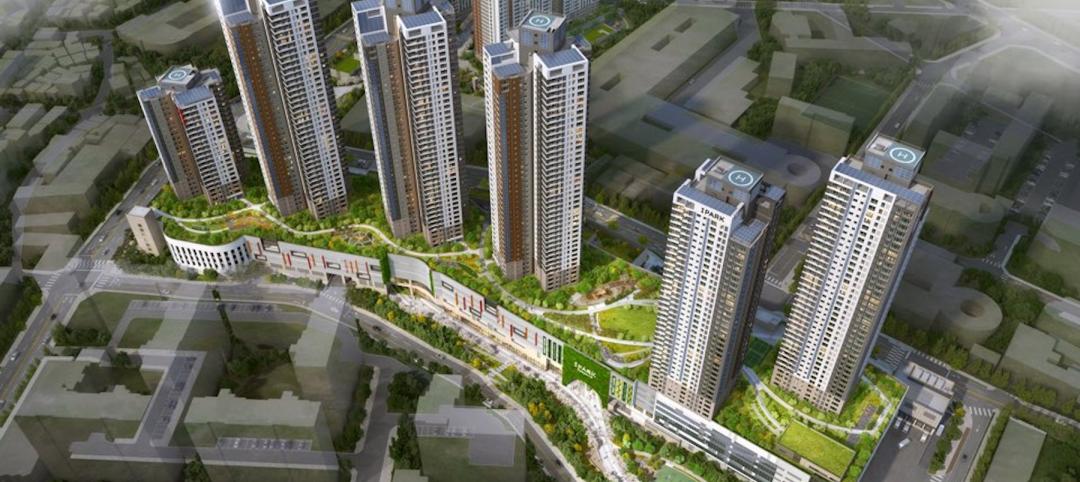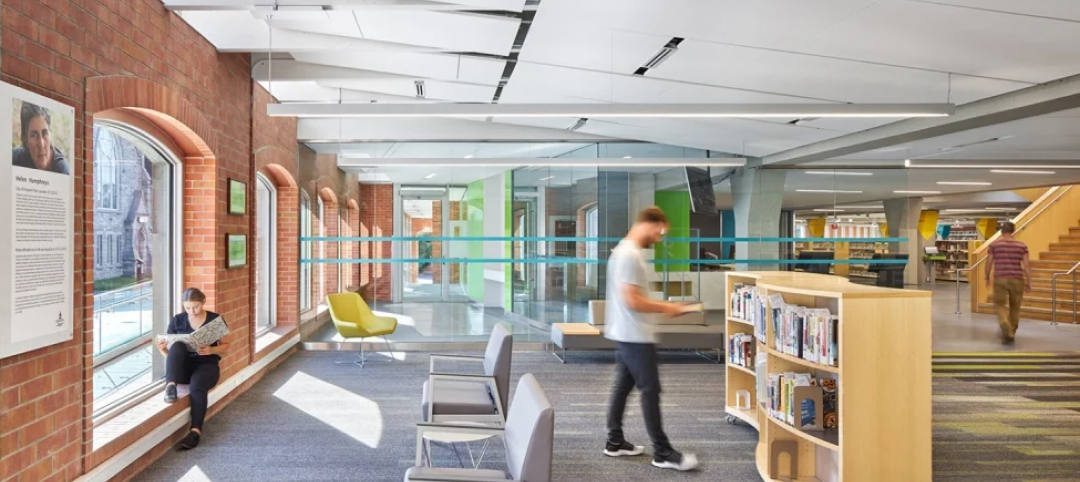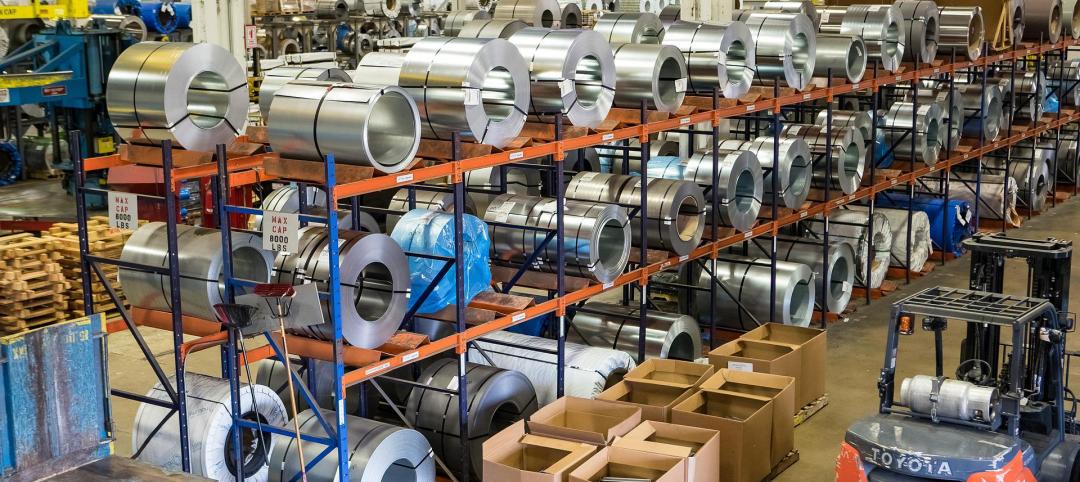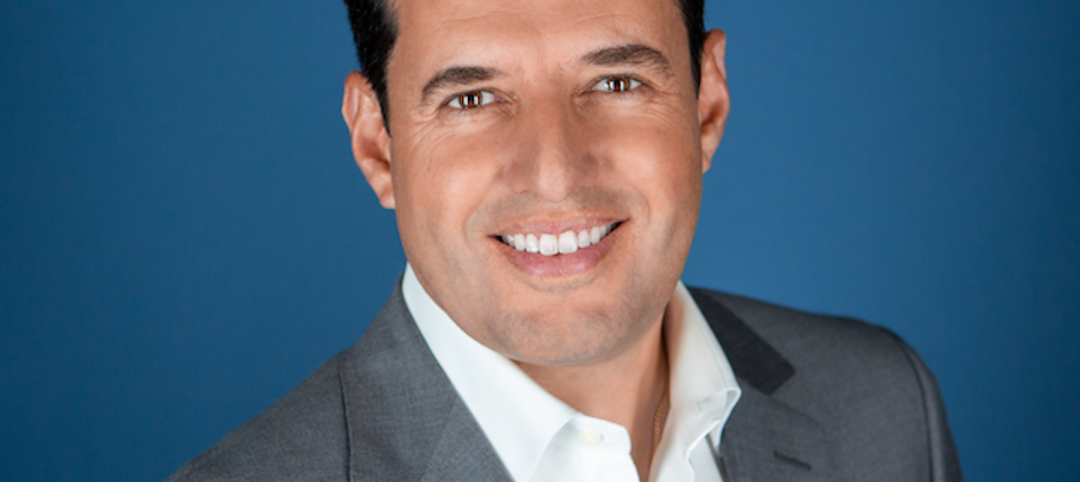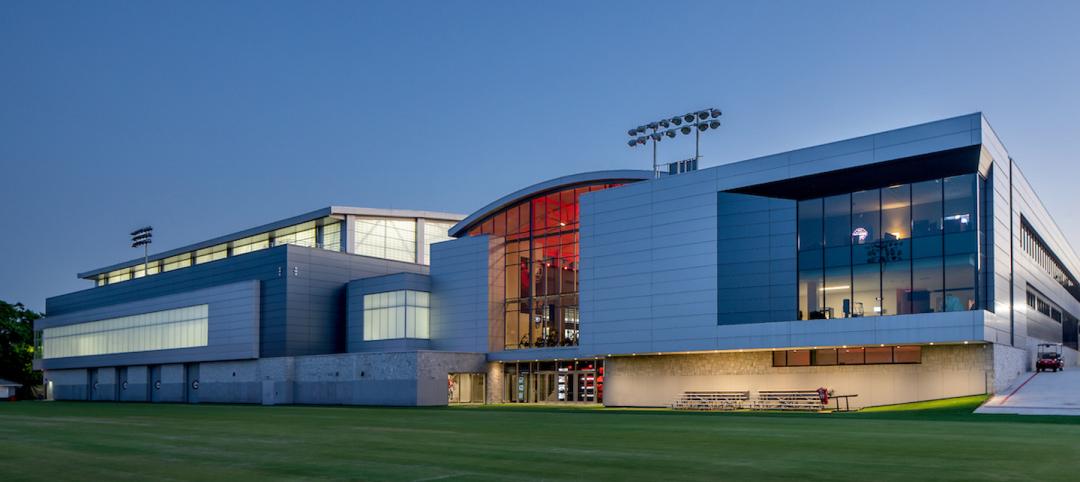|
Washington, D.C. — With millions of sports fans visiting LEED-certified green sports venues every year, the U.S. Green Building Council (USGBC) is proud to announce a collaboration with the Green Sports Alliance, a prominent nonprofit organization supporting the development and promotion of green building initiatives in professional and collegiate sports.
USGBC will support the Alliance to accelerate the green sports movement by exploring LEED certification of sports stadiums across the country. Currently, 25 professional sports venues are LEED-certified, including Nationals Park, American Airlines Arena and Soldier Field to name a few. The partnership will also explore additional engagement opportunities such as USGBC’s Green Apple Day of Service, a day for people across the globe to participate in green school service projects. “Sports fans stepping into LEED-certified arenas, stadiums, ballparks and more experience the benefits of green building firsthand with water conservation, energy efficiency and responsible waste management,” said Rhiannon Jacobsen, director of strategic accounts, USGBC. “It was a natural fit for USGBC to partner with the Green Sports Alliance, which is dedicated to making professional sports healthier and more sustainable.” “The Green Sports Alliance consists of over 180 professional and collegiate sports teams and venues, all looking to enhance their operations and environmental performance,” said Martin Tull, executive director, Green Sports Alliance. “Partnering with the USGBC will help us provide valuable resources and guidance to our members as they work to employ and promote green building initiatives at their respective venues.” USGBC and the Alliance have jointly developed a toolkit focused on advancing green schools through sports, which encourages sports organizations to engage their communities in environmental stewardship through local projects. The Alliance highlights USGBC initiatives at professional and collegiate sports venues through member resources including webinars, toolkits, best practice sharing and social media events. USGBC first collaborated with the Alliance last August when the Seattle Mariners, Seahawks, Sounders and Storm collaborated on a school garden project for the inaugural Green Apple Day of Service. 2013 Green Apple Day of Service projects are currently being planned by sports teams in cities such as San Francisco, Kansas City, Seattle and Philadelphia, host of USGBC’s 2013Greenbuild Conference and Expo in November, where the Alliance will have a presence in the Center for Green Schools booth. To continue engaging the sports industry around its programs, USGBC will be joining the Green Sports Alliance at the 2013 Green Sports Alliance Summit in NYC, August 26-28. ###
|
About the U.S. Green Building CouncilThe U.S. Green Building Council (USGBC) is committed to a prosperous and sustainable future through cost-efficient and energy-saving green buildings. USGBC works toward its mission of market transformation through its LEED green building program, robust educational offerings, a nationwide network of chapters and affiliates, the annual Greenbuild International Conference & Expo, the Center for Green Schools, and advocacy in support of public policy that encourages and enables green buildings and communities. For more information, visit www.usgbc.org. |
About LEEDAs the most widely recognized and widely used green building program across the globe, LEED is transforming buildings, homes and communities in all 50 states and 135 countries. LEED guides the design, construction, operations and maintenance of more than 50,000 projects worldwide, comprising 9.8 billion square feet of commercial and institutional construction space, and more than 134,000 additional residential units. By using less energy, LEED-certified spaces save money for families, businesses and taxpayers; reduce carbon emissions; and contribute to a healthier environment for residents, workers and the larger community. Learn more at usgbc.org/leed. |
Related Stories
Multifamily Housing | Jun 21, 2022
Two birds, one solution: Can we solve urban last-mile distribution and housing challenges at the same time?
When it comes to the development of both multifamily housing and last-mile distribution centers, particularly in metropolitan environments, each presents its own series of challenges and hurdles. One solution: single-use structures.
Libraries | Jun 21, 2022
Kingston, Ontario, library branch renovation cuts energy use to 55% of benchmark
A recent renovation of the Kingston (Ontario) Frontenac Public Library Central Branch greatly boosted energy and water efficiency while making the facility healthier and safer.
Building Materials | Jun 20, 2022
Early-stage procurement: The next evolution of the construction supply chain
Austin Commercial’s Jason Earnhardt explains why supply chain issues for the construction industry are not going to go away and how developers and owners can get ahead of project roadblocks.
Healthcare Facilities | Jun 20, 2022
Is telehealth finally mainstream?
After more than a century of development, telehealth has become a standard alternative for many types of care.
Building Team | Jun 20, 2022
Andres Caballero Appointed President of Uponor North America
Uponor Corporation (Uponor) has named Andres Caballero president of its Building Solutions – North America division and a member of the Executive Committee at Uponor.
Building Team | Jun 17, 2022
Data analytics in design and construction: from confusion to clarity and the data-driven future
Data helps virtual design and construction (VDC) teams predict project risks and navigate change, which is especially vital in today’s fluctuating construction environment.
Sports and Recreational Facilities | Jun 17, 2022
U. of Georgia football facility expansion provides three floors for high-performance training
A major expansion of the University of Georgia’s football training facility has been completed.
Building Team | Jun 16, 2022
Hybrid work expected to reduce office demand by 9%
Businesses are slowly but consistently transitioning to a permanent hybrid work environment, according to a senior economist at Econometric Advisors.
Building Team | Jun 16, 2022
USGBC announces more than 23 million square feet of LEED certified net zero space
Today, the U.S. Green Building Council announced nearly 100 net zero certifications earned under the LEED Zero program, representing more than 23 million square feet of space.
AEC Business Innovation | Jun 15, 2022
Cognitive health takes center stage in the AEC industry
Two prominent architecture firms are looking to build on the industry’s knowledge base on design’s impact on building occupant health and performance with new research efforts.



